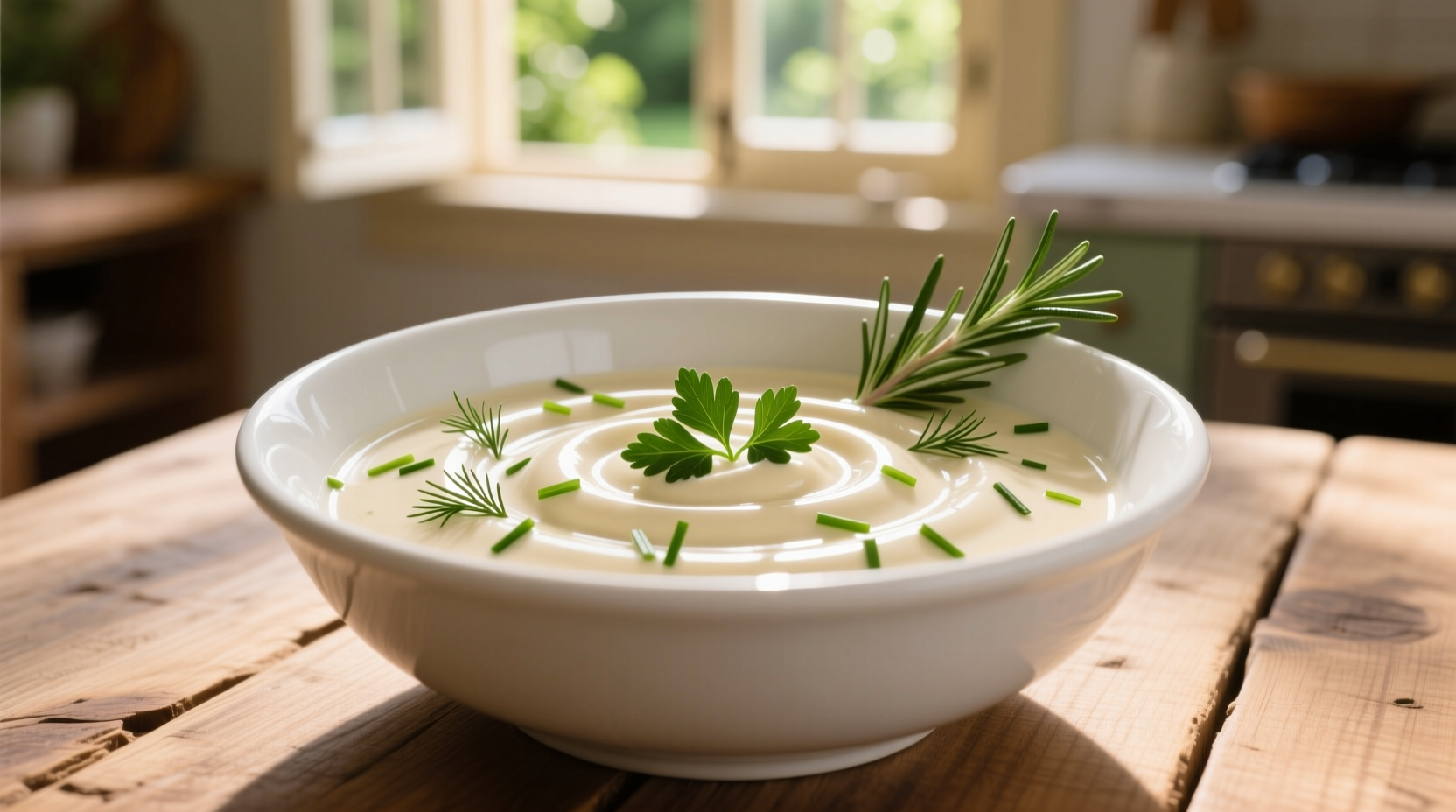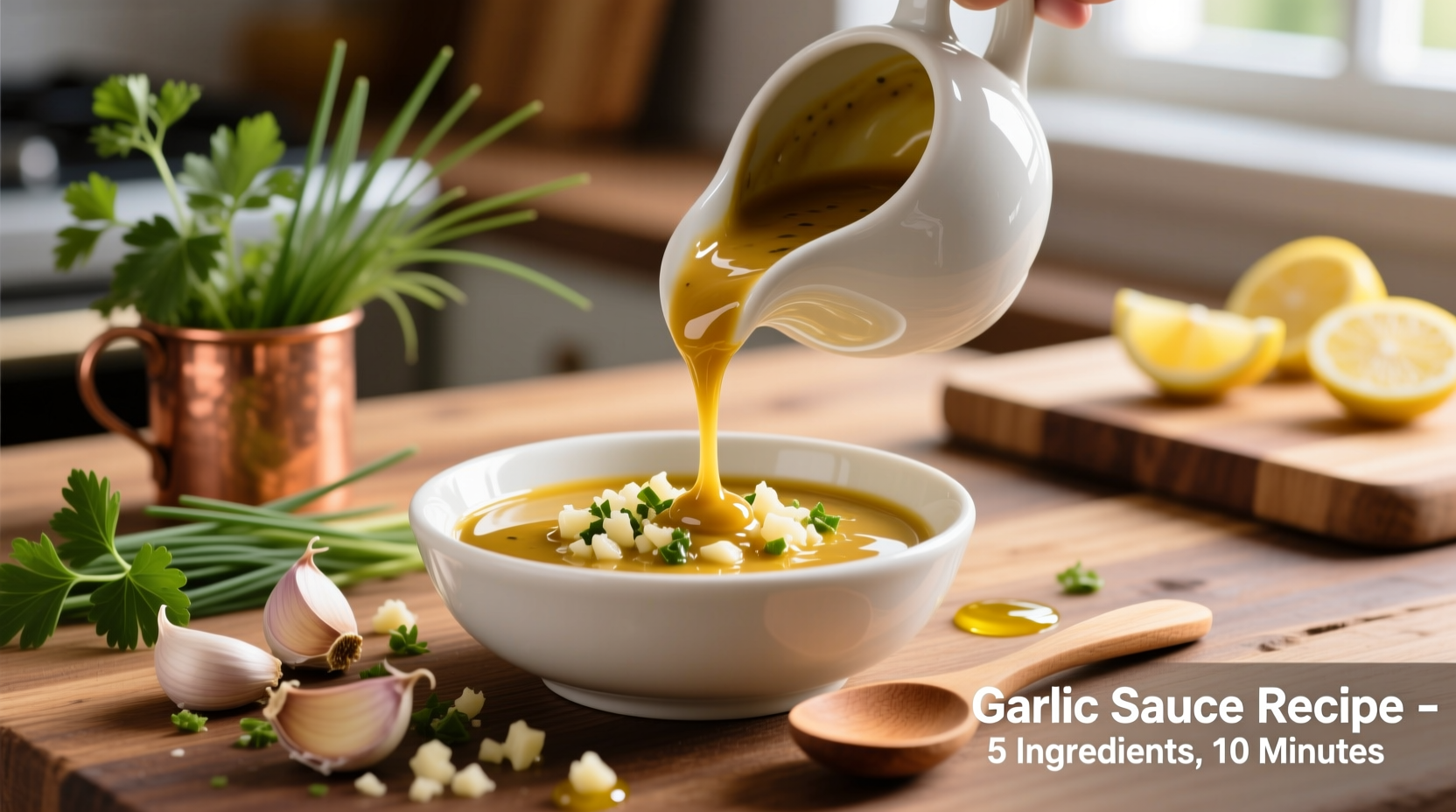Garlic sauce transforms ordinary meals into extraordinary experiences, yet many home cooks struggle with common issues like separation, bitterness, and inconsistent flavor. Understanding the science behind emulsification and garlic chemistry makes all the difference between a sauce that elevates your dish and one that disappoints. This guide delivers professional techniques you can implement immediately, whether you're preparing a quick weeknight dinner or entertaining guests.
The Essential Garlic Sauce Framework
Before diving into specific recipes, understanding the fundamental components of successful garlic sauces prevents common pitfalls. Professional chefs know that garlic sauce success depends on three critical elements: ingredient quality, preparation technique, and timing.
According to the USDA Food Safety and Inspection Service, proper handling of garlic in oil-based sauces prevents potential botulism risks, especially important for homemade sauces stored beyond 24 hours. Always use fresh garlic and refrigerate sauces promptly.
| Garlic Sauce Type | Base Ingredient | Best For | Shelf Life |
|---|---|---|---|
| Classic Aioli | Egg yolk, olive oil | Mediterranean dishes, sandwiches | 3-4 days refrigerated |
| Creamy Restaurant-Style | Mayonnaise, sour cream | Steak, seafood, dipping | 7-10 days refrigerated |
| Spicy Garlic Chili | Vinegar, chili flakes | Asian cuisine, marinades | 2-3 weeks refrigerated |
| Vegan Tahini | Tahini, lemon juice | Middle Eastern dishes, salads | 5-7 days refrigerated |
5 Reliable Garlic Sauce Recipes
Classic Mediterranean Garlic Sauce (Aioli)
This traditional emulsion technique creates a rich, velvety sauce that forms the foundation for many global variations. The key is gradual oil incorporation while maintaining proper temperature.
- 2 large egg yolks (room temperature)
- 3-4 garlic cloves, finely minced
- 1 teaspoon Dijon mustard
- 1 cup extra virgin olive oil
- 1 tablespoon lemon juice
- Salt to taste
- Whisk egg yolks, minced garlic, and Dijon mustard until smooth
- Slowly drizzle in olive oil, starting with single drops while whisking constantly
- Once emulsion forms, increase to thin stream while continuing to whisk
- Add lemon juice and salt, adjusting to taste
- Store in airtight container refrigerated for up to 4 days
Pro tip: If your sauce separates, start with a fresh egg yolk in a clean bowl and slowly whisk the broken sauce into it.
Creamy Restaurant-Style Garlic Sauce
This variation delivers the familiar flavor found in many steakhouses with improved stability and longer shelf life.

- 1 cup high-quality mayonnaise
- 1/2 cup sour cream
- 4-5 garlic cloves, roasted
- 2 tablespoons fresh parsley, finely chopped
- 1 tablespoon lemon juice
- 1/2 teaspoon paprika
- Salt and pepper to taste
- Roast garlic cloves at 350°F for 15-20 minutes until soft
- Mash roasted garlic into paste with fork
- Mix all ingredients thoroughly in bowl
- Chill for at least 2 hours before serving to allow flavors to meld
- Store refrigerated for up to 10 days
Troubleshooting Common Garlic Sauce Problems
Even experienced cooks encounter issues with garlic sauces. Understanding these common problems and their solutions ensures consistent results every time.
Separation Issues
Emulsion breakdown occurs when oil incorporates too quickly or ingredients are at different temperatures. The USDA National Agricultural Library confirms that proper emulsification requires gradual oil addition and consistent ingredient temperatures.
- Solution: Start with a fresh base (egg yolk or mustard) and slowly incorporate the broken sauce
- Prevention: Ensure all ingredients are at room temperature before beginning
Bitterness Prevention
Raw garlic can develop bitter compounds when exposed to air or heat. Roasting garlic transforms its flavor profile, creating sweeter, more complex notes.
- Solution: Use roasted garlic instead of raw for milder flavor
- Prevention: Add garlic late in preparation for cooked sauces
Storage and Usage Tips
Maximize your garlic sauce's shelf life and flavor impact with these professional techniques:
- Always use airtight containers to prevent odor absorption
- Place plastic wrap directly on sauce surface before sealing to minimize air exposure
- Add a thin layer of oil on top of aioli-based sauces for extended freshness
- Bring to room temperature before serving for optimal flavor release
For best results, pair specific garlic sauces with complementary dishes:
- Classic aioli: Grilled vegetables, seafood, sandwiches
- Creamy restaurant-style: Steak, roasted potatoes, as dipping sauce
- Spicy garlic chili: Asian stir-fries, marinades, noodle dishes
- Vegan tahini: Falafel, roasted cauliflower, grain bowls











 浙公网安备
33010002000092号
浙公网安备
33010002000092号 浙B2-20120091-4
浙B2-20120091-4